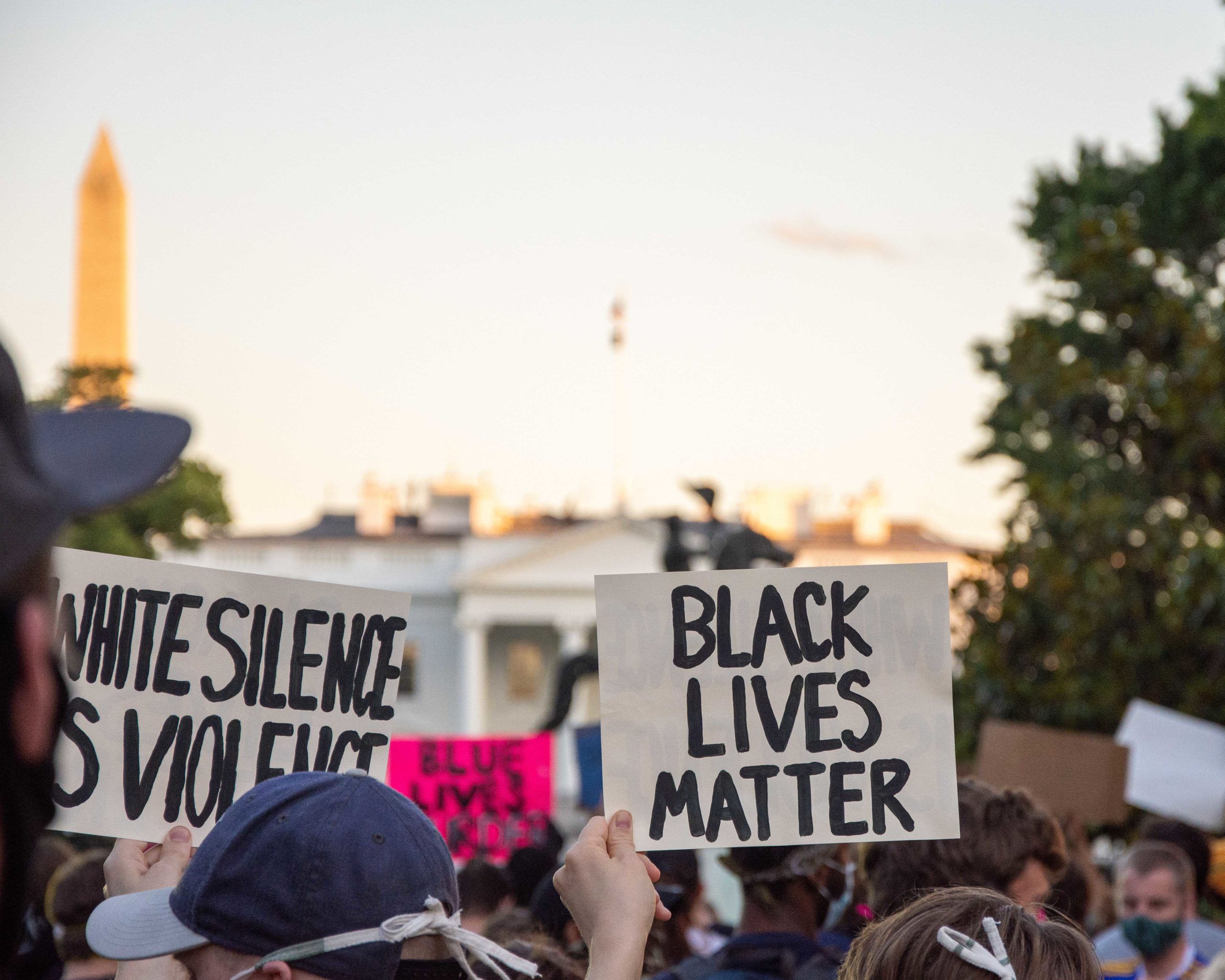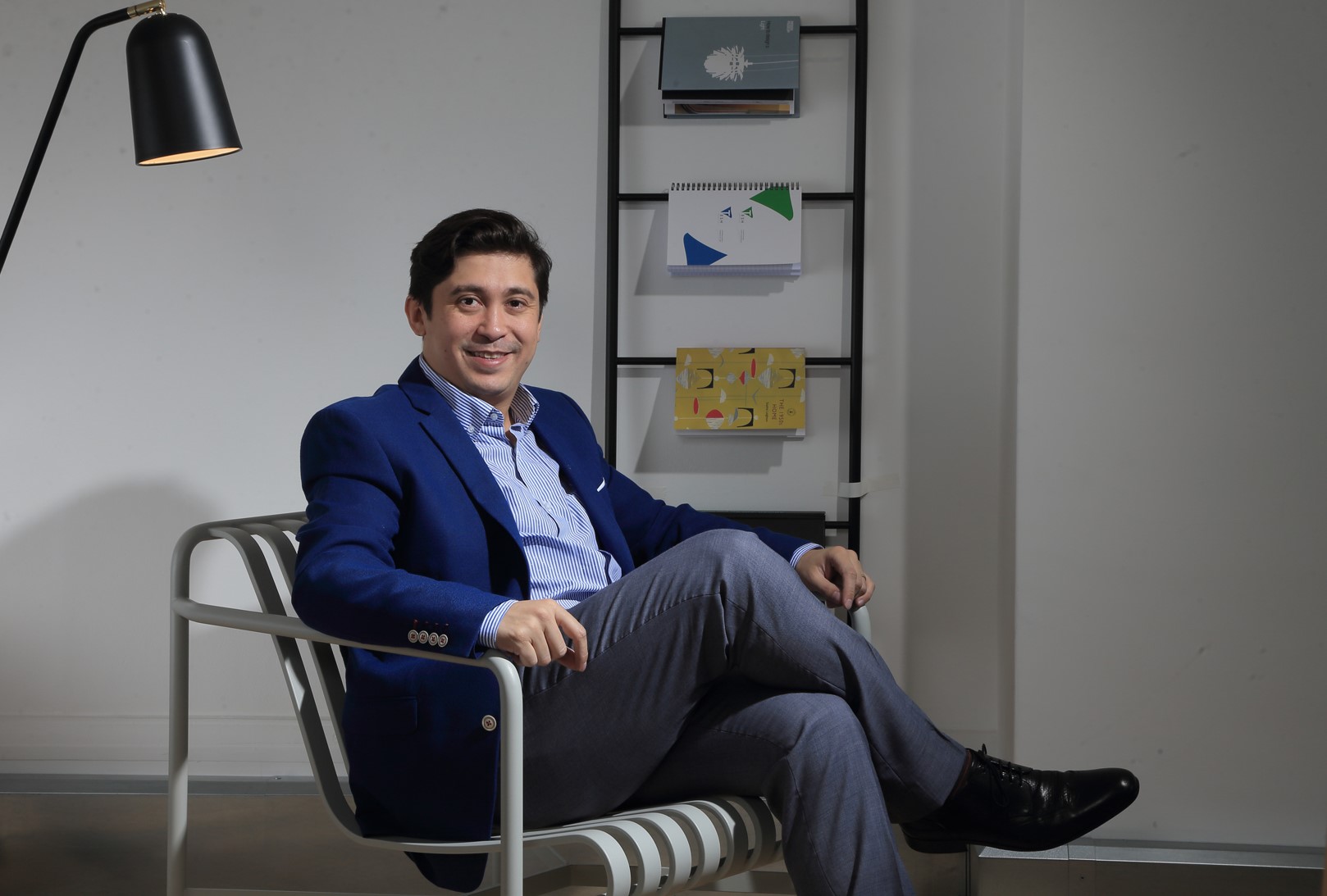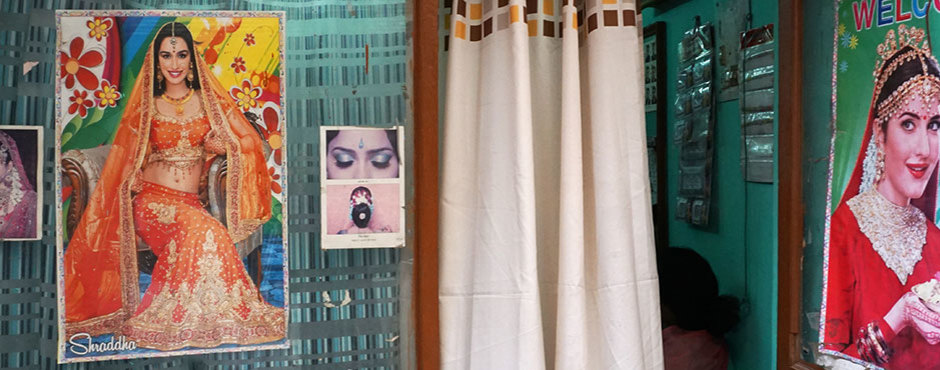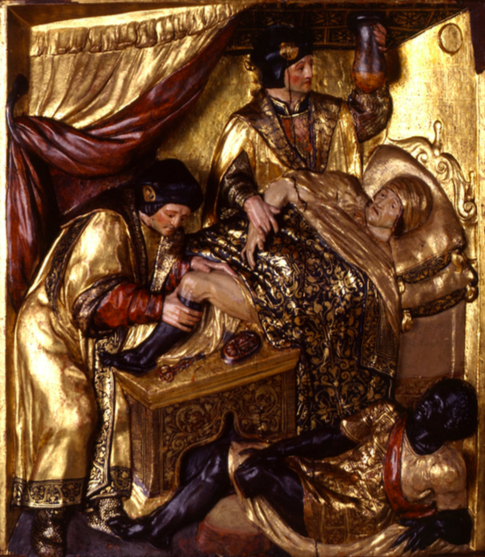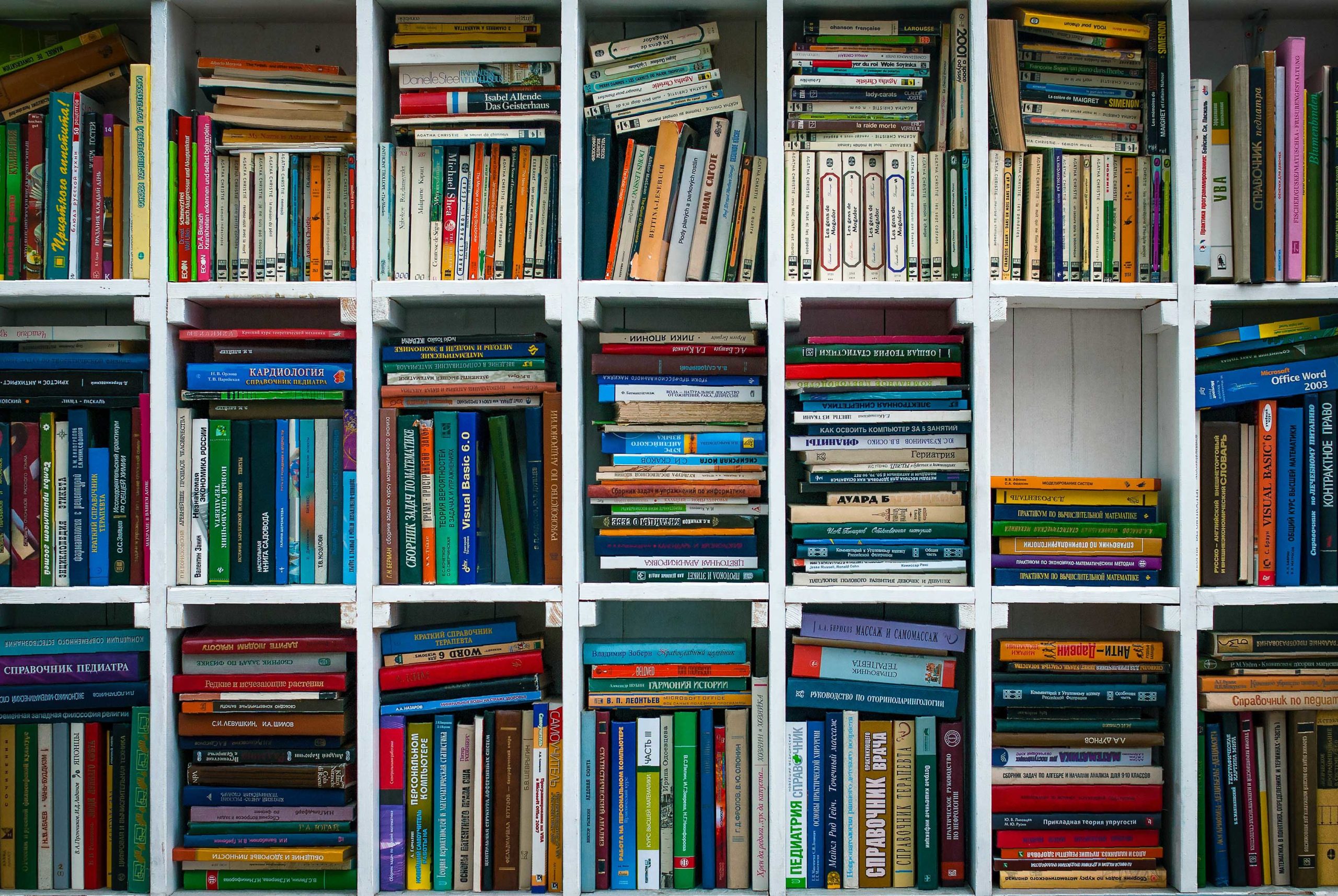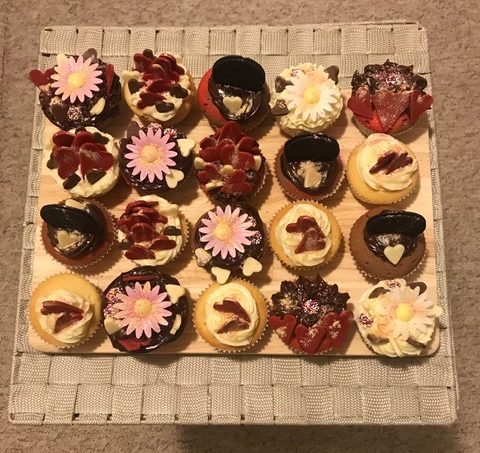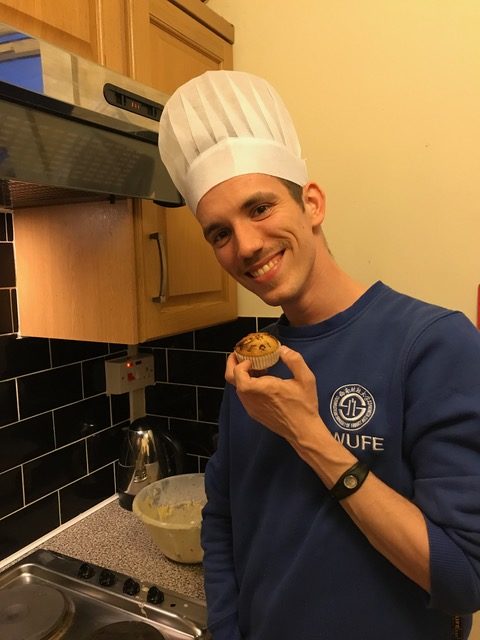In the wake of the worldwide Black Lives Matters protests Jessica Brooke, Social Media Officer at Birkbeck, offers a view on how White people can begin being anti-racist.
In light of the recent murder of George Floyd by federal police in Minneapolis and subsequent rioting across the globe, you might find that you are asking yourself some new questions. If you’re White like me, here are some things that we can consider.
Firstly, racism is everywhere and that is a fact. Some of the most harmful racism is the most transparent. I use the word transparent because although it might not be directly visible, (particularly to a White person), such as a murder filmed on video camera, it is always there. And it is there deep in the bones of the structures and institutions within our society.
Here are some statistics that illuminate how racism is functioning in British society today:
- Job applications in British cities from people with White-sounding names were 74% more likely to receive a positive response than applications from people with an ethnic minority name.1
- Black British women are five times more likely to die in childbirth compared to White women.2
- In January 2020, exclusions for racism in primary schools were up by more than 40%.3
These British statistics show areas of British life that are affected daily by racism, and that restrict and disempower Black people from living the same quality of life as White people.
This is why claiming to ‘not see colour’ is racist. To not acknowledge a person’s identity, their history, and the ways in which they are treated in society means not acknowledging that person at all. The first step to overcoming racism is to fully acknowledge and identify it within the structures around us and especially within ourselves.
None of us will get it right every time, and overcoming racism is continuous work. We have to constantly check ourselves and others around us to ensure we’re considering our race and the race of others, and the impact that has on situations. Sometimes, our racism is unconscious. But applying ourselves to make these considerations is the first thing we can do to working towards eliminating it.
And this means acknowledging our privilege as White people. I’m going to say this again because I feel this often gets misconstrued:
Being White is being privileged.
This does not mean that being White means we’re richer, healthier, more supported or successful than every Black person.
What it does mean is that we are free to exist peacefully with no negative consequence of the colour of our skin. We do not fear unemployment, arrest, or deprivation of access to basic needs because of the colour of our skin.
To expand:
- We do not need to change our names to be invited to a job interview.
- We are not demanded an explanation of our nationality, our ethnicity, or our religion, due to the colour of our skin.
- When we go on holiday or move to a new house, we do not need to check whether certain areas are racist towards people of our skin colour.
- Throughout our lives, we have opened books and turned on the television and always seen people that look like us.
- When we look to those in power, we will see people with the same colour skin as us.
- We are able to recognise our identity as accepted and celebrated around us.
If you’re Black, you often do not have these privileges.
If you’ve never had to question whether you’ve been held back by the colour of your skin, then you are privileged.
The first thing we can do as White people is educate ourselves on the privilege that we enjoy, and the struggles of those Black members of our society. To do this, we must reach to existing resources. Black people have struggled physically, mentally and emotionally for long enough. It is now time for us, as White people, to understand this struggle without burdening them even more with the task of educating us.
Here is a list of resources that I have found helpful:
Books:
- Why I’m No Longer Talking to White People about Race by Reni Eddo-Lodge: this book was the first book I read about race, and it blew my mind. Includes a great chapter about Black Feminism which I thought was useful in ways we think about ‘intersectionality’, as well as a brief but informative chapter on British history.
- Don’t Touch My Hair by Emma Dabiri, discusses the cultural relevance of Black hair and how it symbolises the subjugation of Black bodies.
- I’m Not Your Baby Mother by Candice Brathwaite discusses being a Black British mother – from the treatment of Black women in healthcare, to knife crime in London, to moving to rural areas of Britain and the experience of that as a Black family. A humorous and fun read that also educates.
- Girl, Woman, Other by Bernardine Evaristo is a brilliant work of fiction that plunges you into the lives of 12 different Black women and their experiences in Britain all through the 20th and into the 21st Funny too.
- Black and British by David Olusoga provides more of an insight into Black British history, helping to understand racism in our country.
- I listened to Becoming by Michelle Obama on audiobook and would highly recommend consuming it in the same way. She speaks calmly, articulately and firmly about her experiences with racism as a child and then as an adult. Aside from the attention she gives to issues around race, she is just an amazing and inspiring human being and I would recommend this book on that basis too.
Articles/Social Media:
- Birkbeck’s own Dr William Ackah has written two articles that highlight structural racism in Britain; one on the Harry and Meghan situationand another on the disparities between how Black and White people have been affected by COVID-19 in Britain. Our Communications Officer Rebekah Bonaparte also wrote a brilliant piece on the current Black Lives Matter protests.
- Birkbeck Creative Writing alumnus Keith Jarrett reads his poetic response to the UK’s history of racism in his piece ‘Underneath the skin of anti-Blackness’, which he created for HuffPost.
- Candice Carty-Williams, author of Queenie, writes about the disparities between Black and White authors being published in the UK.
- This longer form piece written for the New York Times by Brent Staples examines how Black women have been left out of the narrative of suffragette history.
TV:
- 13th: a documentary on the U.S. prison system, looking at how the country’s history of racial inequality drives the high rate of incarceration in America.
- When They See Us shows the story of five young men who were unjustifiably charged and sentenced of the crime of assaulting and raping a jogger in Central Park.
References
- 2009 research from NatCen Social Research, commissioned by the government.
- 2018, MBRRACE-UK, https://www.npeu.ox.ac.uk/downloads/files/mbrrace-uk/reports/MBRRACE-UK%20Maternal%20Report%202018%20-%20Lay%20Summary%20v1.0.pdf
- https://www.bbc.co.uk/news/education-50331687
